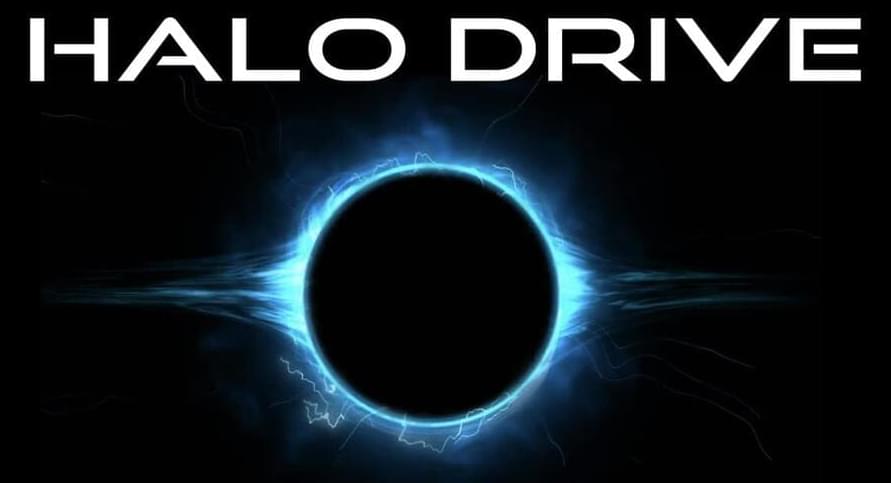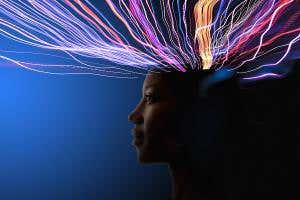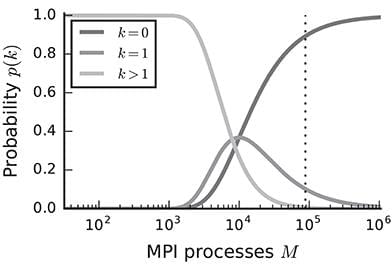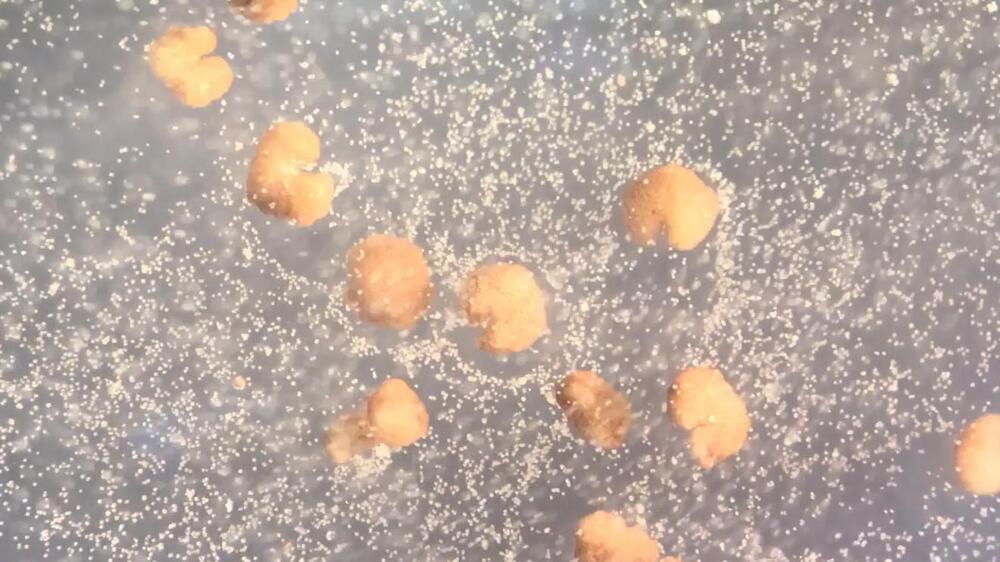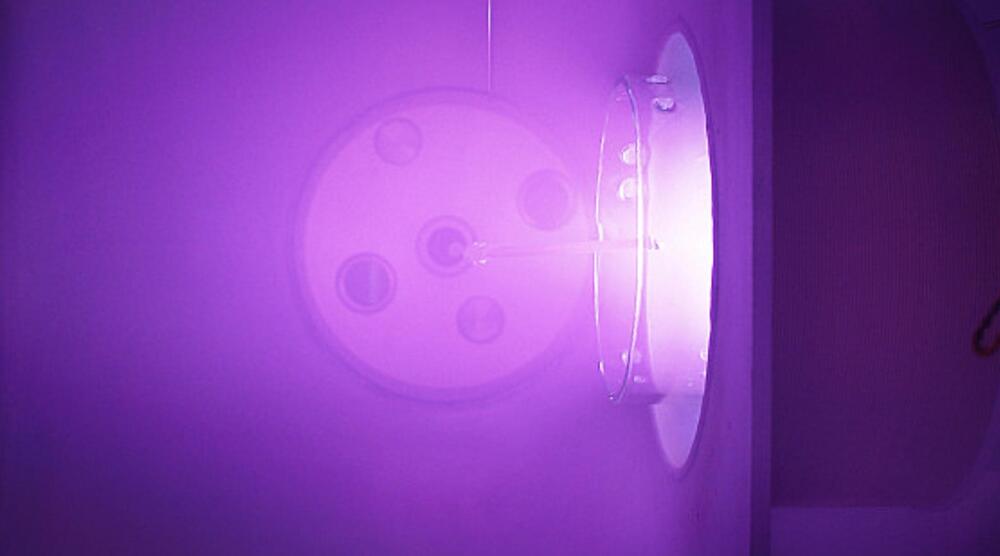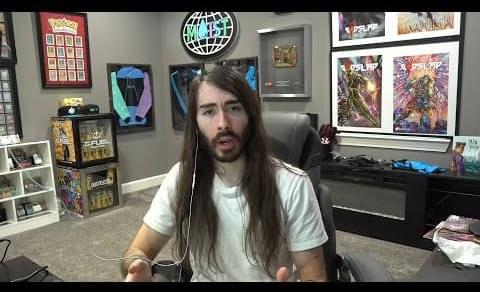Dec 13, 2022
The Biological Basis of Network Control Theory in Brain Dynamics
Posted by Jose Ruben Rodriguez Fuentes in categories: biological, neuroscience
Summary: Researchers have identified a correlation between control energy consumption and glucose metabolism in temporal lobe epilepsy. The mechanism provides a biological basis for the application of network control theory in the study of brain dynamics.
Source: USTC
A team led by researcher He Xiaosong from the University of Science and Technology (USTC) revealed the correlation between control energy consumption and glucose metabolism in temporal lobe epilepsy (TLE), providing the biological basis for the application of network control theory (NCT) in the study of brain dynamics.

